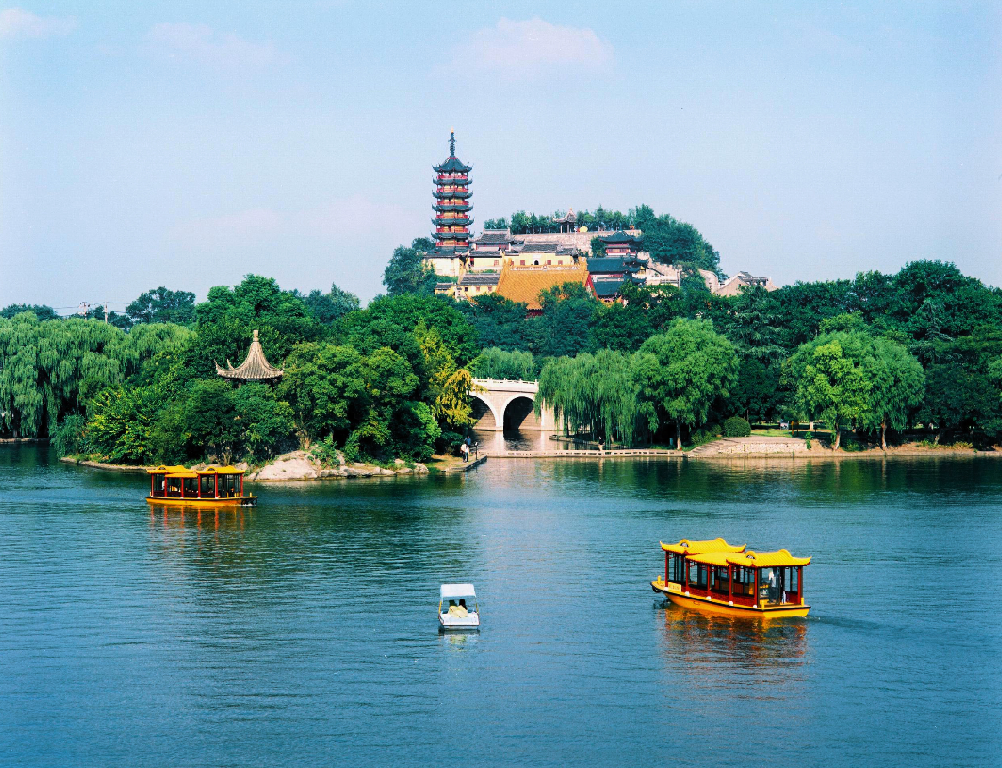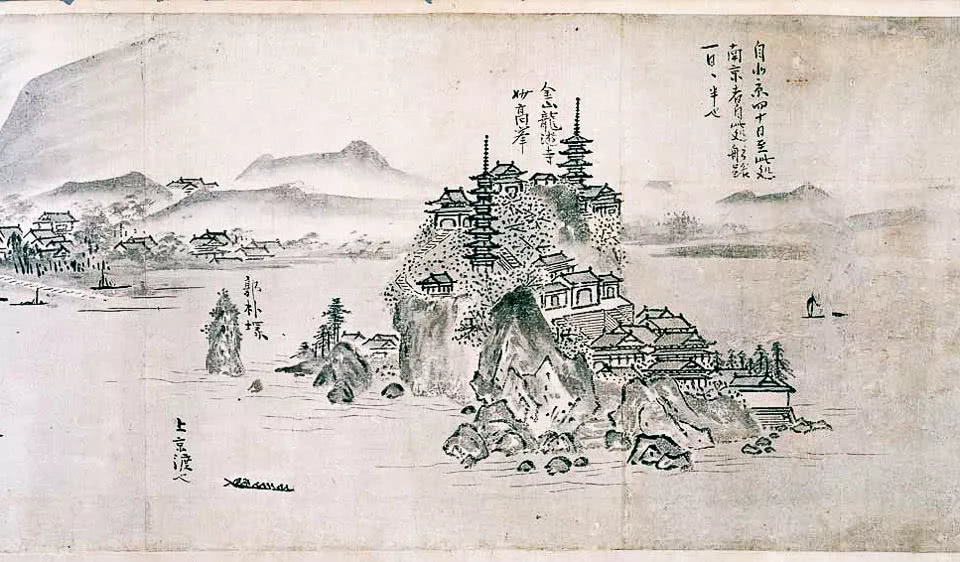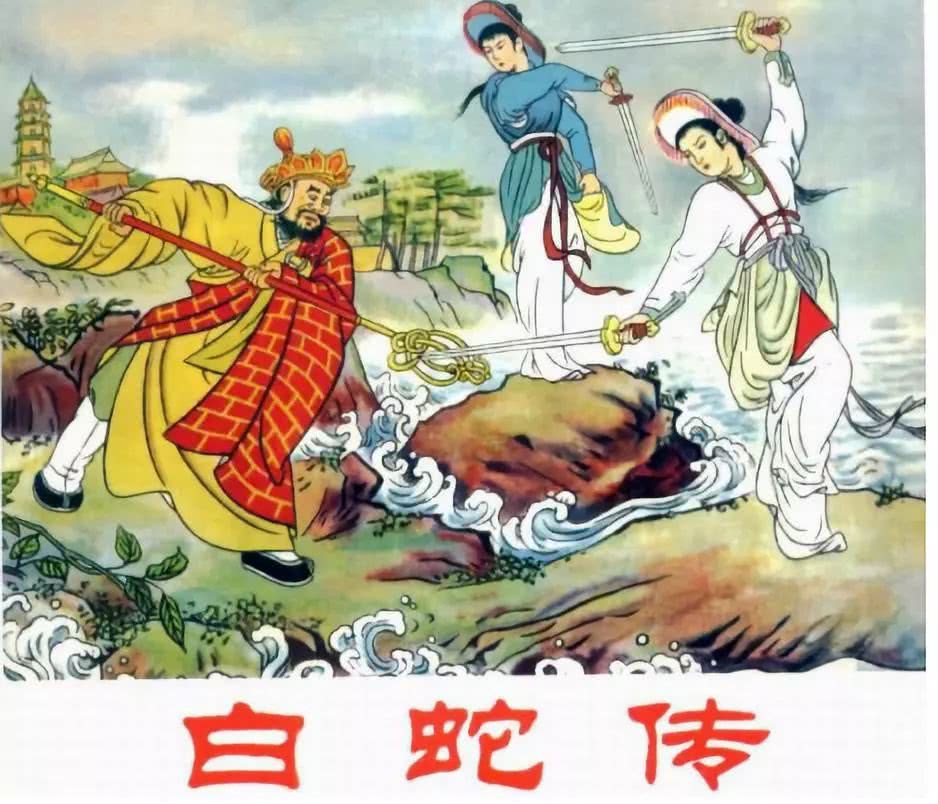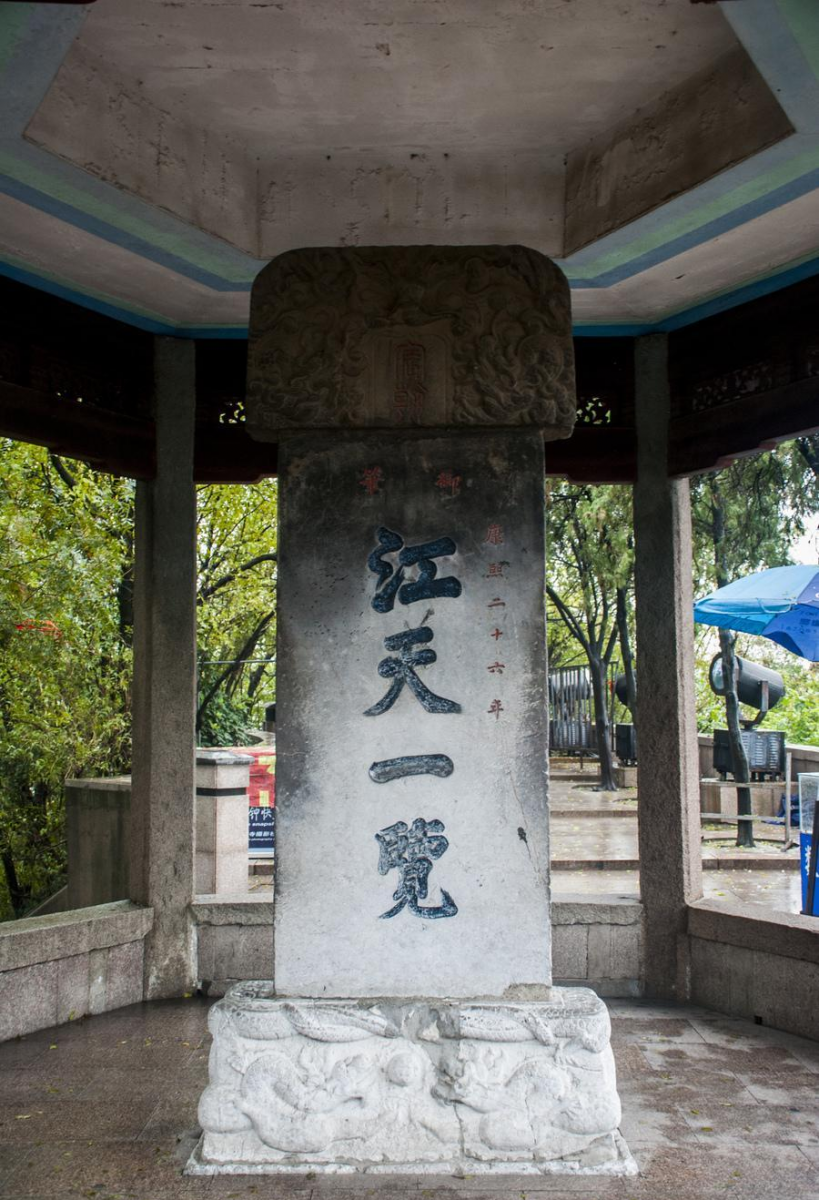Zhenjiang is located on the South Bank of the Yangtze River in the south of Jiangsu Province, which was called "Jingkou" in ancient times. With a history of more than 3000 years, it has discharged many literary giants and historical stories. Many tourist resources in Zhenjiang are related to the mountains. There are ancient temples and streets in the mountains, which condenses a lot of the essence and history of Zhenjiang.

Myth and dream Jinshan Temple, immortal legend of white snake
There are three famous mountains in Zhenjiang - Jinshan, Jiaoshan and Beigu mountains, collectively referred to as the "three mountains" scenic spot. The most beautiful one is Jinshan, which is the center of the story. Jinshan was originally an island in the Yangtze River, known as "a round of Hibiscus in the center of the river". Jinshan Temple is built in the mountains, and the cishou tower in the territory stands on the top of the mountain, showing its spectacular scene.

Yang's works such as snow boats in Jinshan Temple
When it comes to Jinshan, we have to mention the famous Japanese painting monk xuezhou and Yang. Xuezhou, 48, joined the "emissary of Ming Dynasty" to visit China. She stayed at Jinshan Temple in Zhenjiang for two years and sketched locally. After returning to China, he created masterpieces of landscape paintings such as the painting of the temple of Longyou on the Yangtze River in the Tang Dynasty and the long scroll painting of the scenic spot of the Yangtze River, which are now collected in the National Museum of Kyoto, Japan.

Jinshan Temple is not only a profound cultural history, but also a place full of romance. The "water covered Jinshan" in the "Legend of the White Snake" took place here. According to legend, the white snake of Mount Emei turned into a beautiful white lady after a thousand years of practice and fell in love with pharmacist Xu Xian on the West Lake Bridge to become a couple. However, the monk Fahai who found this scene thought it was against heaven, so he planned to separate the two people and deceive Xu Xian to go to Jinshan Temple for confinement. In order to save her husband, the white lady flooded the Yangtze River and the Jinshan Temple. However, she finally admitted the crime of self-confidence, and the white lady was suppressed under Leifeng Tower. Almost all Chinese people have heard this love story in their youth and look forward to the overlapping of the world of the story and their future love.

In addition to the love story of "water overflowing Jinshan", Jinshan Temple was originally famous as a Buddhist holy land. In the Qing Dynasty (1636-1912), Jinshan Temple, Putuo temple in Xiamen, Wenshu temple in Sunan and Daming Temple in Yangzhou were known as the four famous temples in China. Emperor Kangxi and Emperor Qianlong of the Qing Dynasty visited Jinshan Temple many times and left gifts such as poems and scriptures. Today, Jinshan Temple has a famous cultural relic called "four treasures of Jinshan", including Su Dongpo's Emerald belt, Zhuge Liang's Taigu, Wen Zhengming's Jinshan map and Zhou Ding.
There are many stories in cities with history, and the cities with stories are full of people's memories. Even in small streets, the beauty, legend and charm that can't be separated grow slowly with the story.
